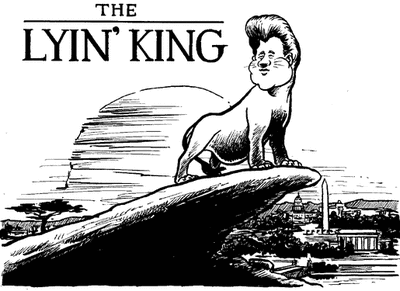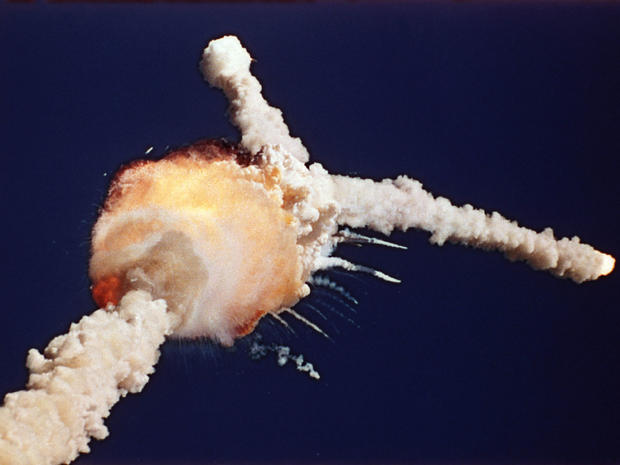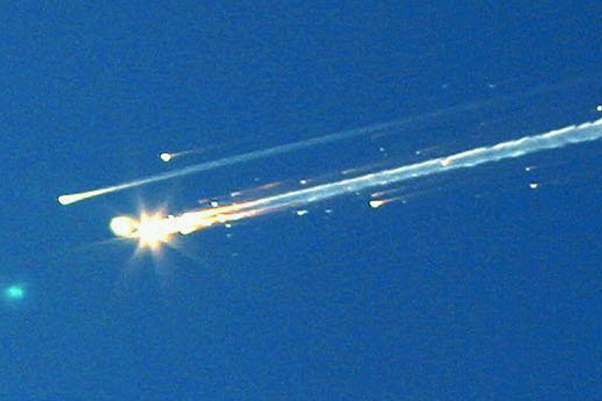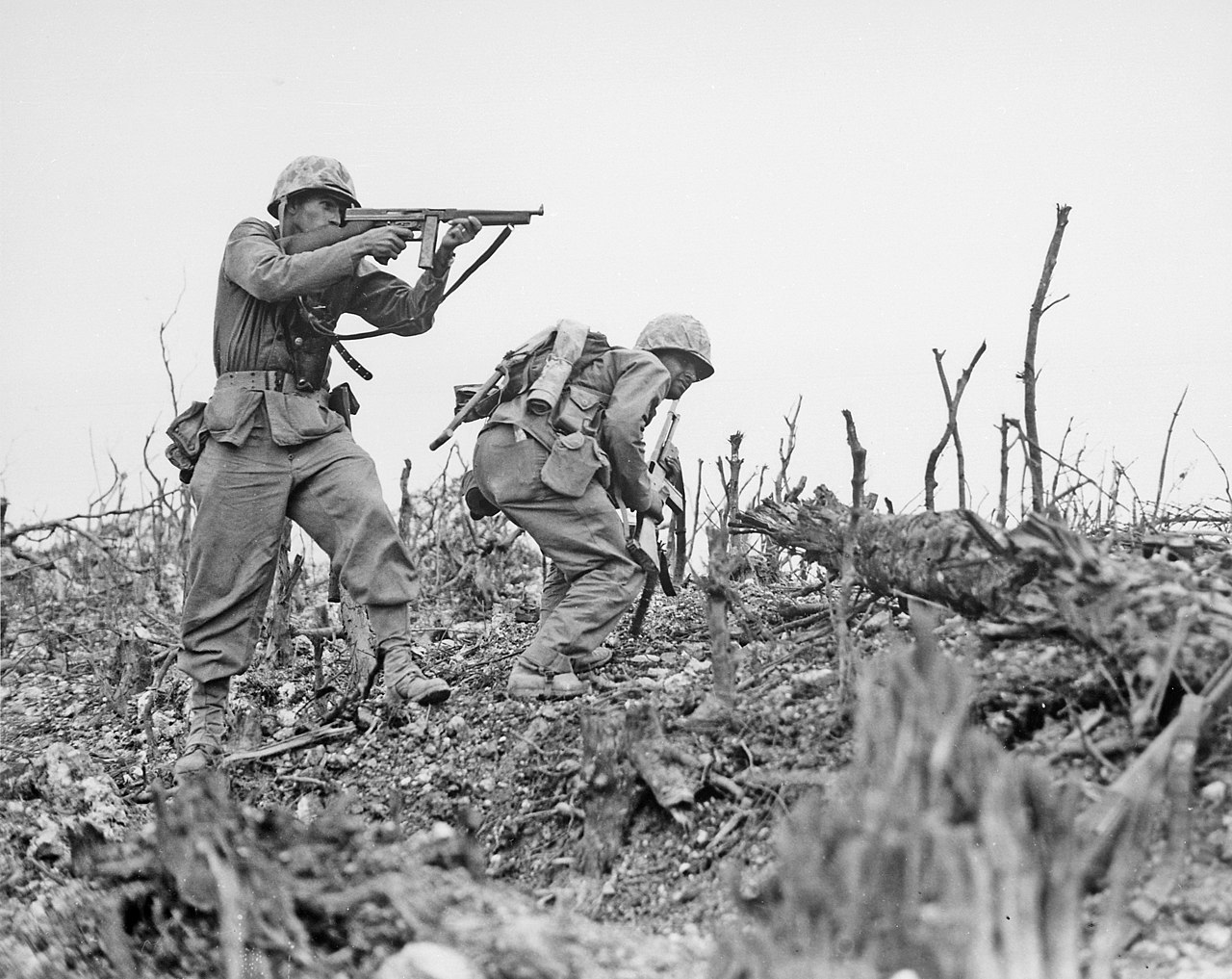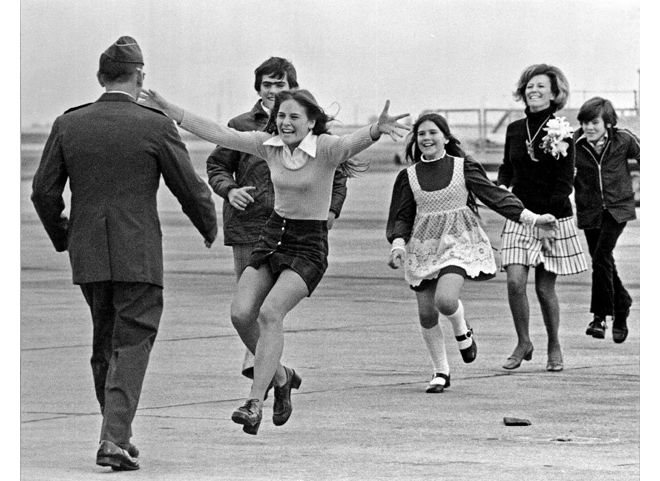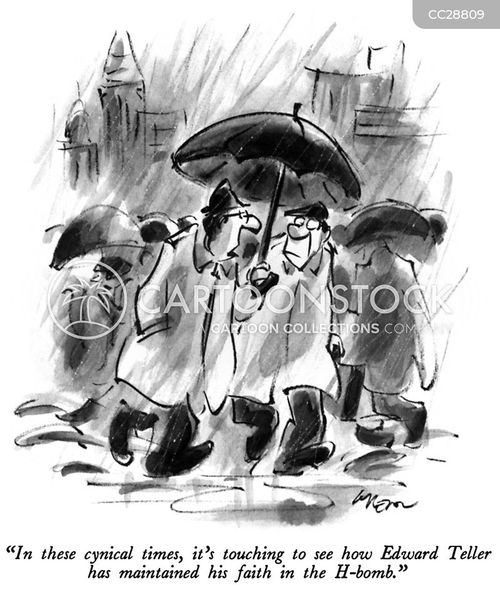cannabineer
Ursus marijanus
On this day 50 years ago, Apollo 8 launched for a circumlunar flight. This was the first time a crew rode the big Saturn.
I remember hearing about it on TV on Christmas Eve '68.

I remember hearing about it on TV on Christmas Eve '68.




